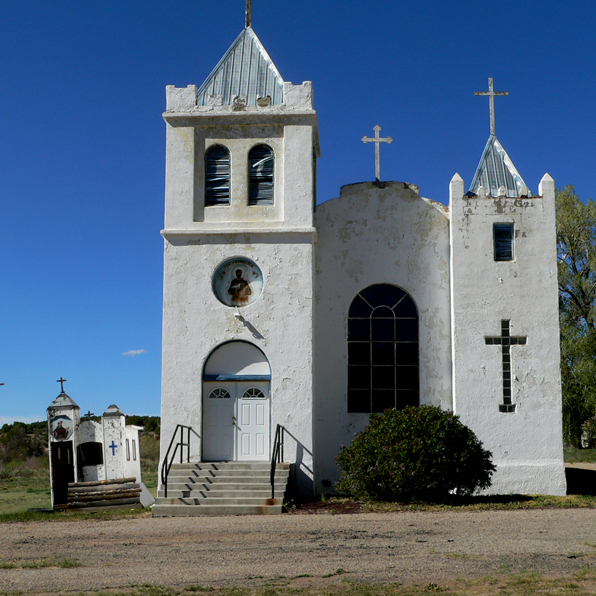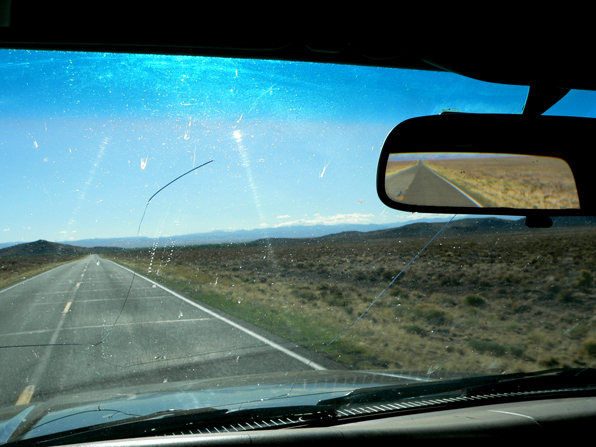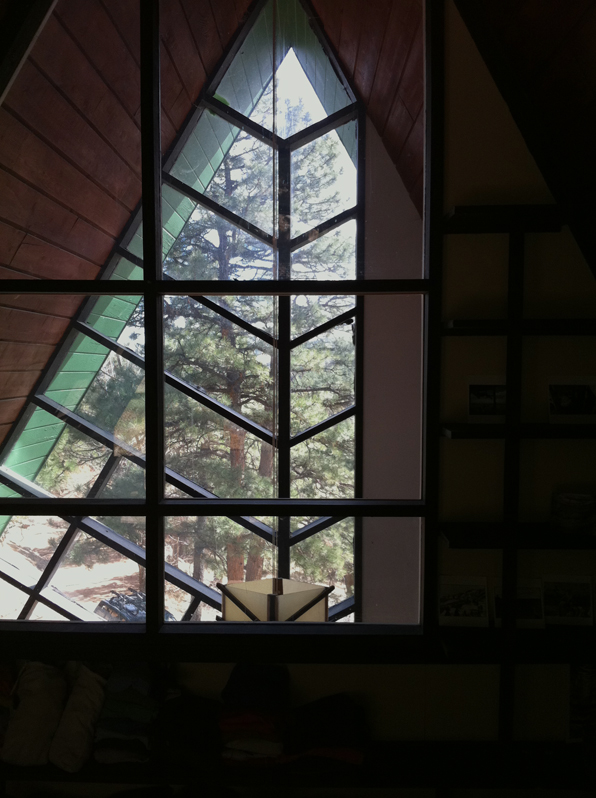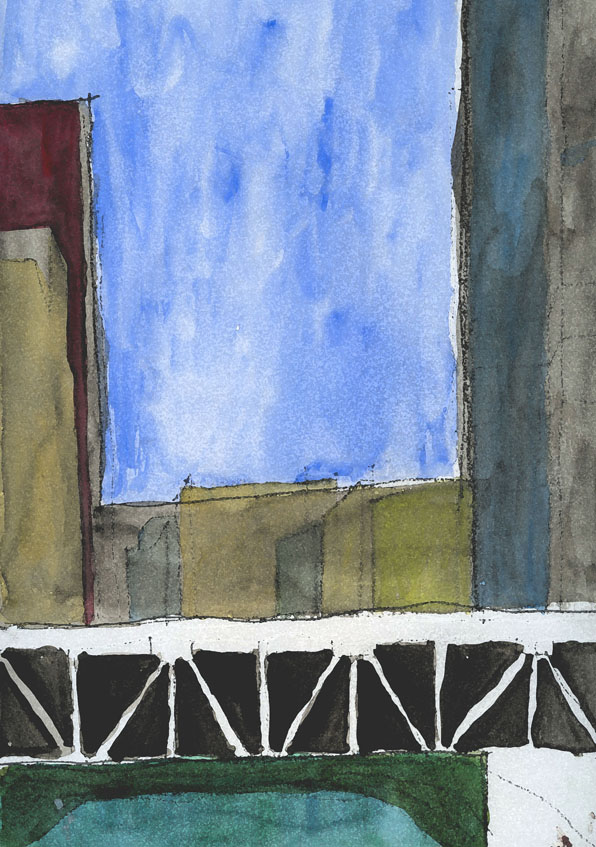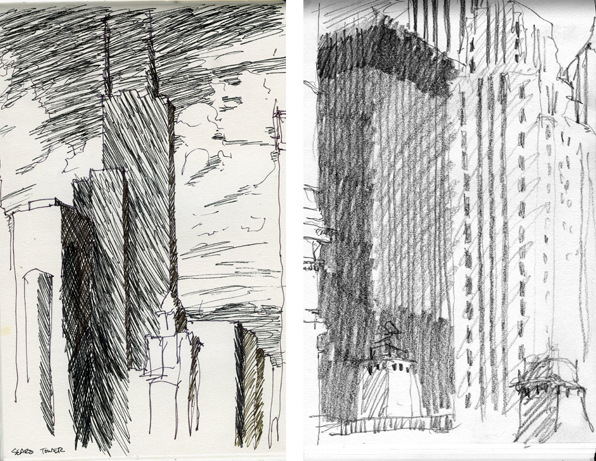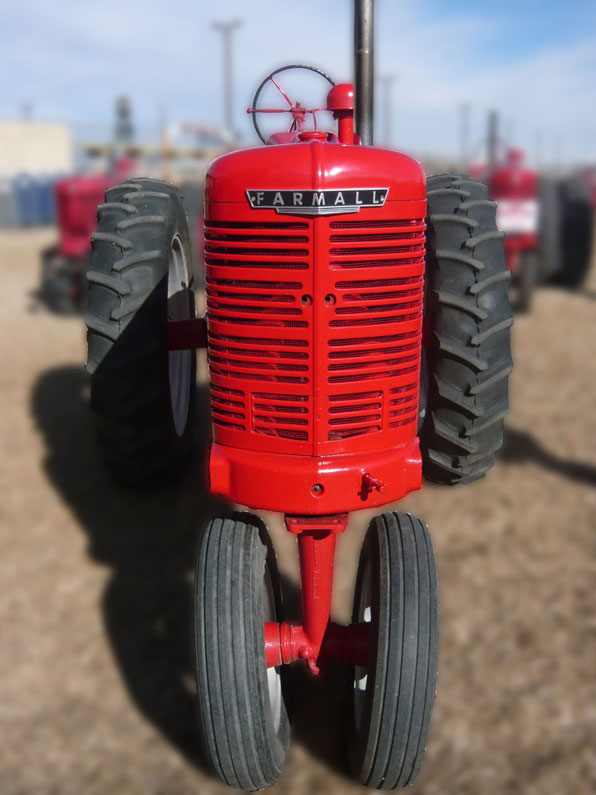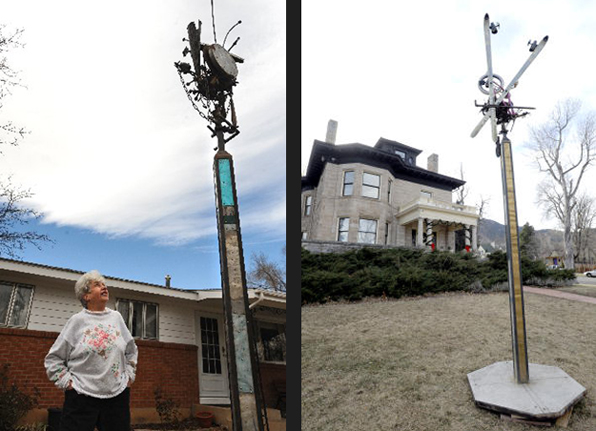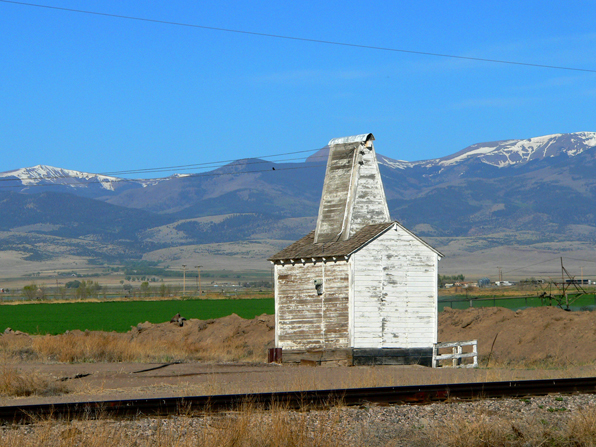 I recently returned from a windy and dust-caked trip to the San Luis Valley. Inspired by a book by writer and photographer Robert Adams, The Architecture and Art of Early Hispanic Colorado, written in 1974, I drove through the small towns and even smaller hamlets in the southern San Luis Valley taking pictures, quaking in the sand-filled winds and feeling a rush for architecture and place that I have been sorely missing.
I recently returned from a windy and dust-caked trip to the San Luis Valley. Inspired by a book by writer and photographer Robert Adams, The Architecture and Art of Early Hispanic Colorado, written in 1974, I drove through the small towns and even smaller hamlets in the southern San Luis Valley taking pictures, quaking in the sand-filled winds and feeling a rush for architecture and place that I have been sorely missing.
I have lots of photos, mainly of the variety and typologies of small chapels, including the remarkable roofless chapel in Las Mesitas. Over the next couple of weeks I hope to do a little more research and post some of the images and some thoughts about this oldest of vernacular architecture in Colorado.
By the way, if you don't know how flat and relentless the central valley can be:
(I don't recommend this photo technique as you drive as you can't see at all where you're going. Mind you, not a lot of traffic out there.)


